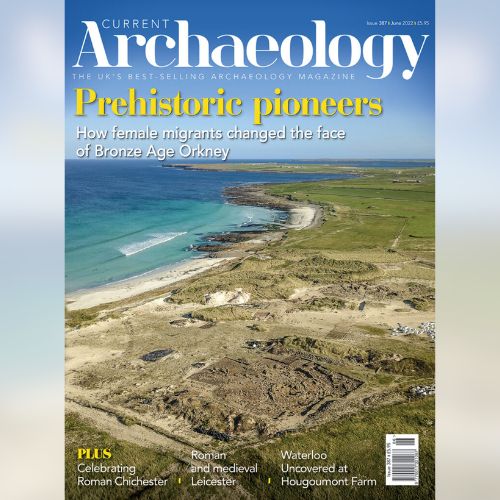Rosie Everett, Gillian Taylor. (2022). For peat’s sake: peatlands, climate change and the future of archaeology. Current Archaeology. Volume 387 (50-52).
ISSUE 387 the UK, there are three main types of peatlands–fenlands, raised bog, and blanket bog–and their geographical spread is associated with how these different peatland types formed. For example, fenlands are associated with lowland coastal marshes and in the UK are usually found in eastern England (Cambridgeshire, Norfolk, and Lincolnshire), whereas raised bogs (formed through the infilling of lakes or depressions) and blanket bogs (formed over acidic bedrock on poorly-drained flat ground and saturated through rainfall) are more often found in upland areas of the UK such as across Dartmoor, the Pennines, and the Solway region, as well as across central and northern Scotland. Peatlands, climate change, and the role of archaeology Why are these landscapes important? Although peatlands only cover approximately 3% of the world’s land area, due to their wetland environment and build-up of decayed plant matter, they act as the largest long-term carbon store in the terrestrial biosphere (as Joosten and Couwenberg note in their 2008 report for Wetlands International and the Global Environment Centre; see ‘Further Reading’on p. 50). It has been estimated that there are 550 Gigatons (Gt) of carbon locked up in what are often considered ‘wet deserts’–which equates to around two times more carbon than woodlands the world over. In terms of the UK and Ireland’s peatland cover, according to figures from the International Union for Conservation of Nature (IUCN), the smallest percentage of peatland cover is Wales, with an estimated 4% of the land area; in England and Northern Ireland this figure is 10-12%; whilst in Scotland, the …


